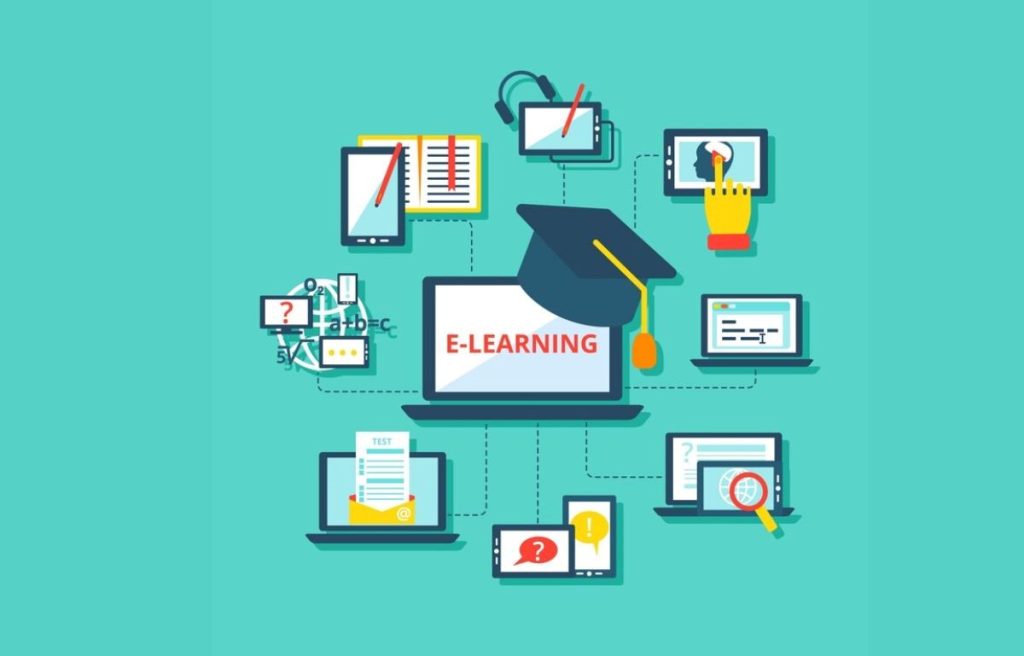The emergence of e-learning has revolutionized education by providing cross-border access to knowledge. E-learning platforms are essential as more students from various cultural backgrounds use them to access educational content. E-learning Software translation services are essential in this regard. These services assist in removing language barriers by translating multimedia content, course materials, and platform interfaces, enabling users worldwide to access education.
Additionally, localization improves this experience by tailoring the material and language to suit regional conventions and preferences, making users feel comfortable while they study. The future prosperity of e-learning platforms in a globalized world depends on the translation and localization of E-learning softwares.
The Impact of Localization on E-Learning Platforms
Software localization for e-learning systems adopts a comprehensive approach, whereas translation concentrates on translating content across languages. It entails changing the platform’s language, design, content, user interface, and functionality to conform to the distinct cultural, legal, and educational settings of diverse geographical areas.
Customization for Diverse Learners
Customization for a variety of learners is a crucial component of localization. A localized e-learning platform adapts its user interface and content to suit local tastes. For instance, it might alter the layout to accommodate regional reading preferences or adjust colors, graphics, or icons that have particular cultural connotations.
Learning pathways can also be modified to conform to the expectations, curriculum, and norms of many nations. While a platform created for American students could prioritize interactive, self-paced learning, one aimed at Japanese students might have more regimented content. E-learning solutions guarantee a more individualized and successful learning experience by taking these geographical preferences into account.
Cultural Sensitivity in E-Learning
Localization has been effectively included in some e-learning platforms to accommodate the various demands of users globally. For example, Duolingo provides classes in several languages, each of which is tailored to the specific cultural nuances of its intended audience. To represent the values of the area, the app modifies its tone, graphics, and even the instructional examples. Similarly, Coursera, which collaborates with institutions worldwide, localizes its courses by modifying the teaching methodology to meet local standards and translating information into many languages.
This degree of localization guarantees that students not only comprehend the subject matter but also experience a stronger sense of connection to it. E-learning platforms may boost engagement, improve learning results, and gain the trust of students around the world by investing in software localization services.
Overcoming Language Barriers with Translation
To get around language hurdles that may prevent people from all over the world from using e-learning platforms, E-learning software translations are crucial. These services guarantee that learners from different linguistic backgrounds can interact with educational information in their native or chosen languages by translating not just course texts but also user interfaces, help sections, and multimedia content. This removes the difficulties caused by linguistic barriers and establishes a welcoming classroom where students can fully comprehend and engage with the content.
Power of Multilingual E-learning
Serving a worldwide audience is one of the main benefits of multilingual support. E-learning platforms can reach students from various geographical and cultural backgrounds by providing courses in many languages. For example, by translating its material into languages like Spanish, Mandarin, Arabic, and Hindi, a platform that was initially created in English can reach a wider audience and access large markets. Moreover, multilingual support significantly enhances the learning process for non-native English speakers by making the material more approachable and interesting.
Because users are more likely to remain engaged when they can grasp the material without facing language obstacles, this strategy also improves learner satisfaction and retention. To promote more inclusivity and guarantee that no learner is left behind because of linguistic differences, platforms can use software translations to close the gap between educational content and a global student body.
The Growing Demand for Translation and Localization Services
E-learning businesses that invest in top-notch translation and localization services have a competitive edge in a market for corporate growth. These businesses can provide more individualized and interesting learning experiences, which not only draw in a wider range of users but also increase user happiness and loyalty.
Platforms that put a high priority on translation and localization might obtain a substantial edge by becoming the go-to option for students in areas where rivals do not offer localized content. Additionally, providing courses in several languages enables EdTech businesses to increase retention rates, forge close bonds with local communities, and broaden their worldwide presence. Adopting software translation and localization is now a strategic necessity for expansion, distinction, and long-term success in the cutthroat and dynamic EdTech sector.
Conclusion
The significance of software translations and localization in influencing the future of e-learning cannot be underestimated. These services play a key role in removing language obstacles and enable learners globally to access informational materials. Localization provides a genuinely customized learning experience by adapting the information to the cultural, geographical, and educational contexts, while translation guarantees that the content is understood.
When combined, they enable e-learning platforms to connect with a wider range of people, promoting inclusivity. For the impeccable translation and localization of e-learning platforms and softwares, partnering with a professional translational agency is a great option.


